A Nostalgic Adventure Awaits in Krull’s Timeless Tale of Destiny
"Krull" (1983), directed by Peter Yates, blends fantasy and adventure in a nostalgic tale with a rating of 6.1/10, capturing the essence of 80s cinema.

"Krull," directed by Peter Yates and released in 1983, is a British science fantasy adventure that attempts to blend elements of both medieval fantasy and science fiction.
The film features an ensemble cast, including Ken Marshall as Prince Colwyn, Lysette Anthony as Princess Lyssa, and notable performances by Freddie Jones, Liam Neeson, and Robbie Coltrane.
At its core, "Krull" follows the journey of Colwyn and a group of eclectic allies determined to rescue the princess from the clutches of the villainous Beast and his armies of Slayers, all while wielding the mystical weapon known as the Glaive.
Despite its ambitious scope and a budget exceeding $30 million, "Krull" struggled critically and financially upon release, earning a mere $16.9 million at the box office. Many reviews pointed out its derivative nature, often likening it to a blend of "Star Wars" and Arthurian legends, but with far less success.
Yet, as time has passed, "Krull" has garnered a cult following, appreciated for its captivating visuals, memorable score by James Horner, and the nostalgic charm of its 1980s aesthetic. This movie serves as a curious artifact of its era, inviting a fresh exploration of its merits and shortcomings in the realm of fantasy cinema.
| Attribute | Details |
|---|---|
| Title | Krull |
| Director | Peter Yates |
| Writer | Stanford Sherman |
| Actors or Actresses | Ken Marshall, Lysette Anthony, Freddie Jones |
| Rated | PG |
| Runtime | 121 min |
| Box Office | $16,916,617 |
| U.S. Release Date | 29 Jul 1983 |
| Quality Score | 6.1/10 |
Synopsis
On the distant planet of "Krull," where magic intertwines seamlessly with technology, the story unfolds in a world that defies conventional boundaries, offering a backdrop where the extraordinary becomes possible.
The story begins with a wedding between Prince Colwyn and Princess Lyssa, a union meant to unite their kingdoms against the threat posed by the Beast. This malevolent entity descends upon their land with an armada of Slayers. This invasion disrupts the wedding, resulting in Lyssa's abduction and Colwyn's narrow escape.
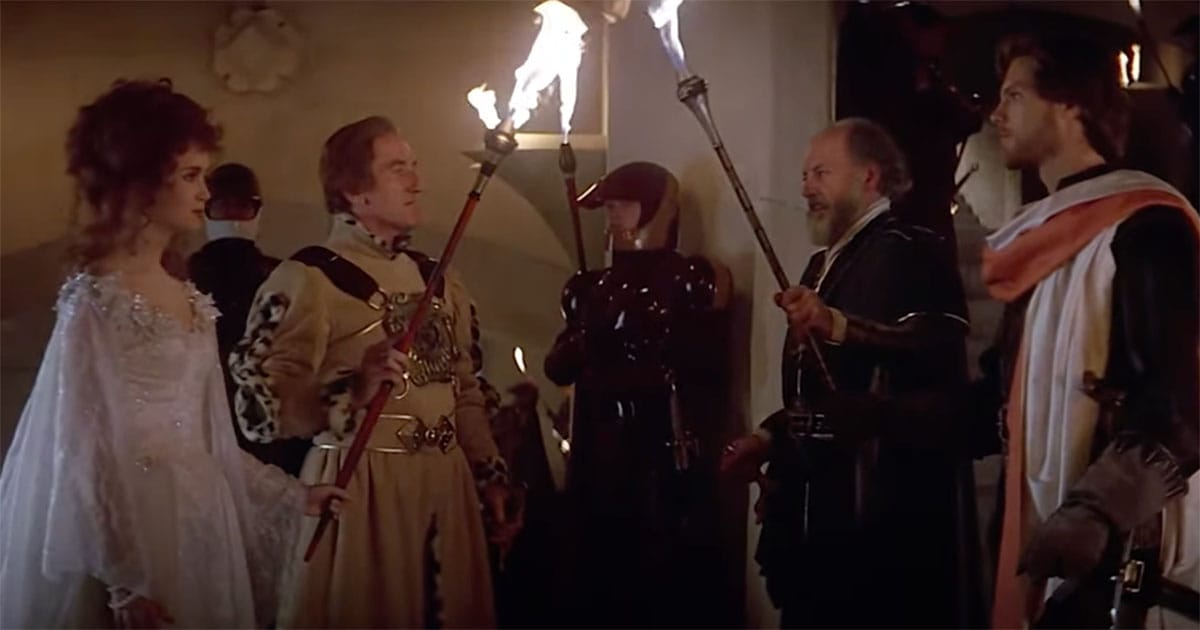
Determined to rescue his betrothed, Colwyn embarks on a perilous quest. Guided by the enigmatic old man, played by Freddie Jones, he gathers a odd group of allies, including a band of outlaws, a giant named Ynyr, and a series of misfits, each contributing unique skills to the endeavor.
Central to their quest is the Glaive, a legendary five-bladed weapon that Colwyn must retrieve to confront the Beast and rescue Lyssa.
As Colwyn ventures deeper into the Beast's territory, he faces a multitude of challenges that test his resolve and leadership. The film explores themes of destiny, sacrifice, and the struggle between good and evil, culminating in a climactic confrontation.
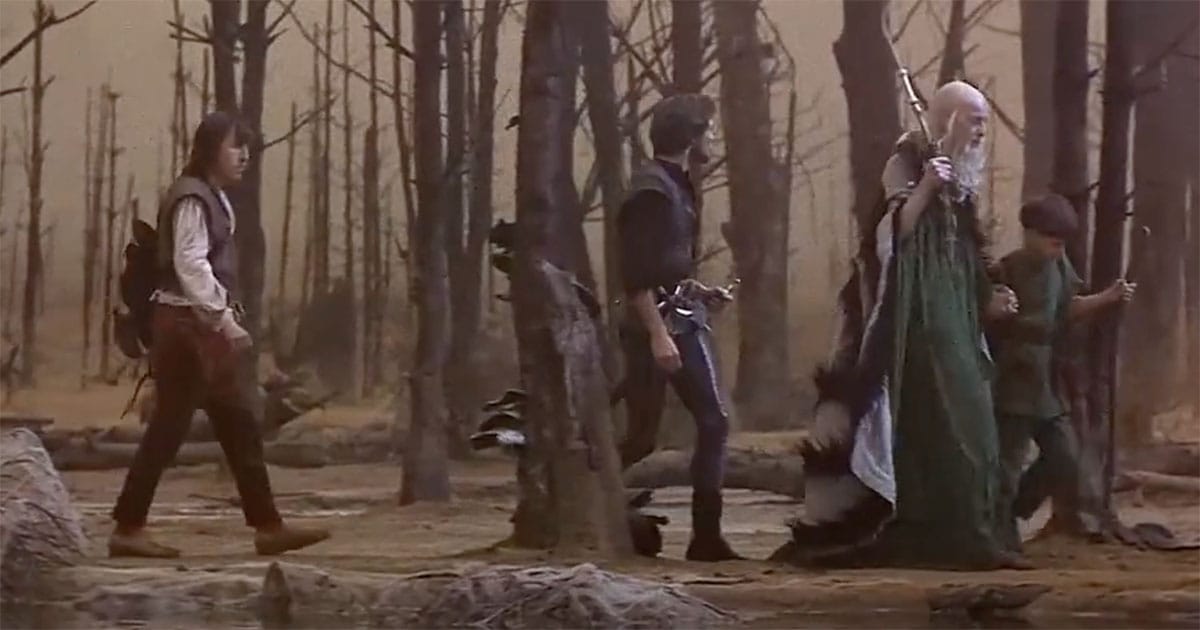
Through a blend of practical effects and imaginative visuals, "Krull" transports audiences to an otherworldly realm where courage and camaraderie are paramount in overcoming dark forces.
Ultimately, Colwyn's journey is not merely one of rescue but also of self-discovery and maturation as a leader, symbolizing the universal quest for love and heroism. While flawed, the film presents a vivid adventure that echoes with those seeking escapism and the timeless appeal of epic quests.
Themes
Central to its narrative is the archetypal struggle between good and evil, further deepened by the exploration of love, destiny, and heroism.
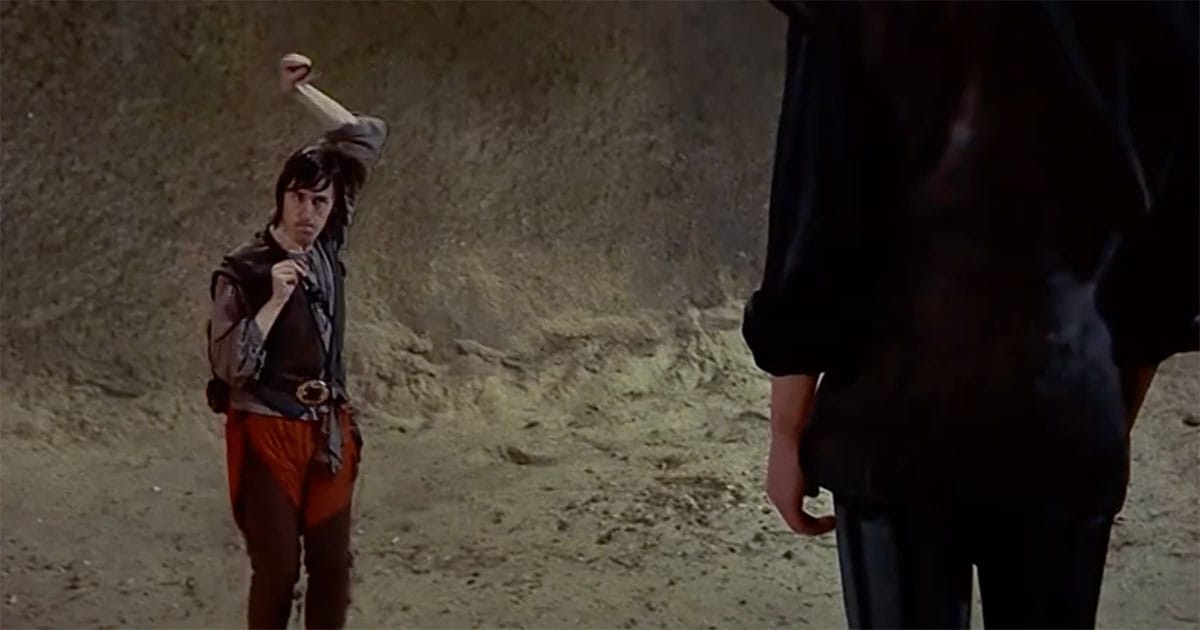
Colwyn's quest pulls audiences into a world where magic and technology intertwine in a delicate balance, captivating them with a visually enthralling spectacle that leaves a lasting impression long after the credits fade.
The film's visual aesthetic is a hallmark of its 1980s production values. Imaginative set designs and special effects define it, evoking a sense of wonder and creativity even when their age shows by modern standards.
"Krull" brings its landscapes to life, from the mystical Crystal Fortress to the treacherous swamps of the Slayers, with vibrant color palettes and sweeping cinematography that capture the viewer's imagination. Each environment simulates the character's internal battles, serving as a backdrop to Colwyn's emotional and physical trials.
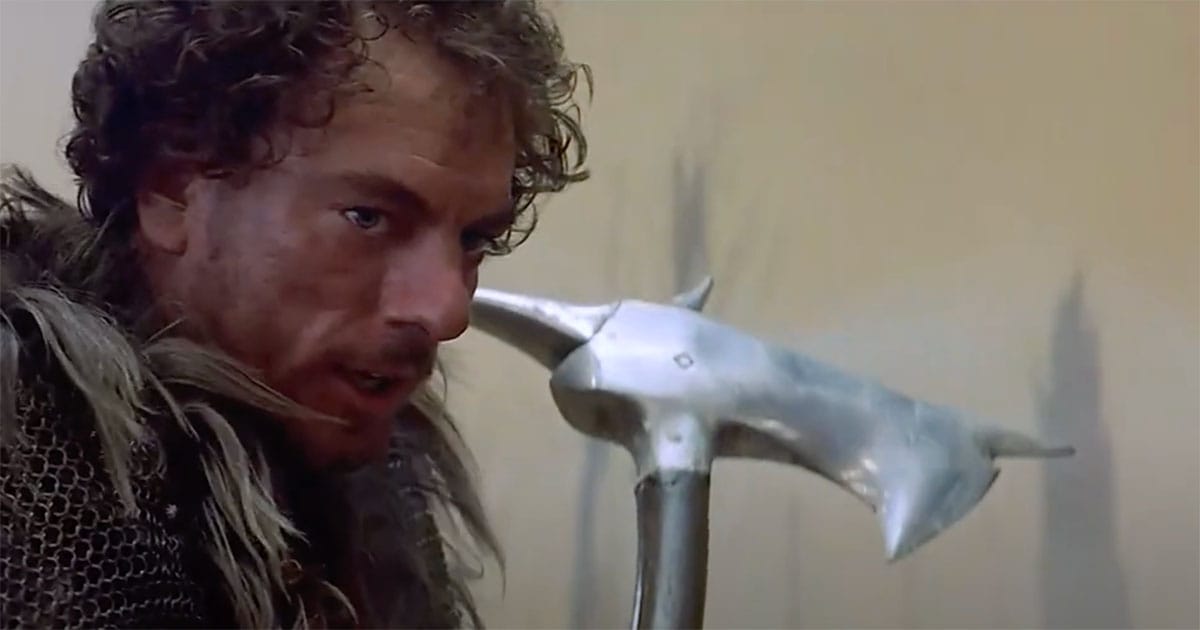
The art direction, coupled with James Horner's sweeping score, encapsulates the grandeur of the quest, heightening the drama and leaving a lasting impression of adventure.
The theme of love is intricately interwoven with destiny, illuminating the protagonist's motivation. Colwyn's love for Lyssa propels him into action and sets the stage for the trials he must endure. The bond between the two characters transcends the typical fairy tale narrative, suggesting that love is not merely a passive state but an active force that impels individuals to confront adversity.
Throughout the film, the interaction between Colwyn and Lyssa underscores the importance of their connection and the idea that love breeds courage and resilience.
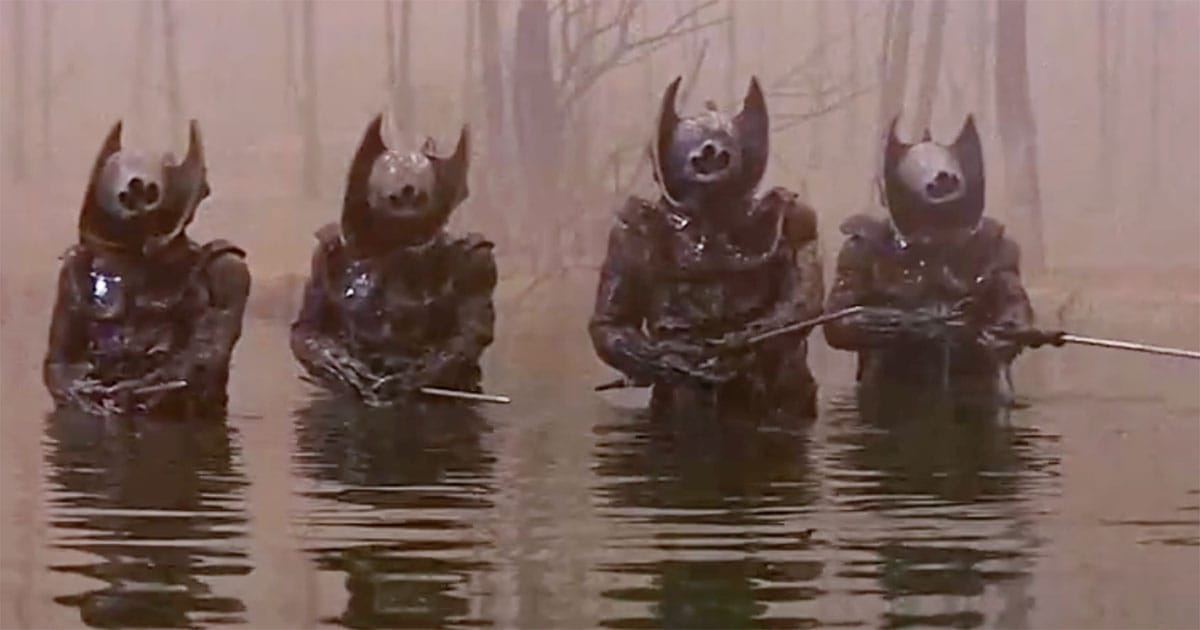
Heroism is explored through Colwyn's character arc, presenting an evolution from a hesitant prince to a proactive leader. Initially positioned as a reluctant hero, Colwyn's journey reflects the notion that true leadership often arises from vulnerability. His commitment to rescuing Lyssa is not just about personal affection but rather an embodiment of the greater good.
This transformation mirrors classical heroism, inviting viewers to reflect on their own lives and challenges, ultimately positing that heroism can emerge from the most ordinary circumstances.
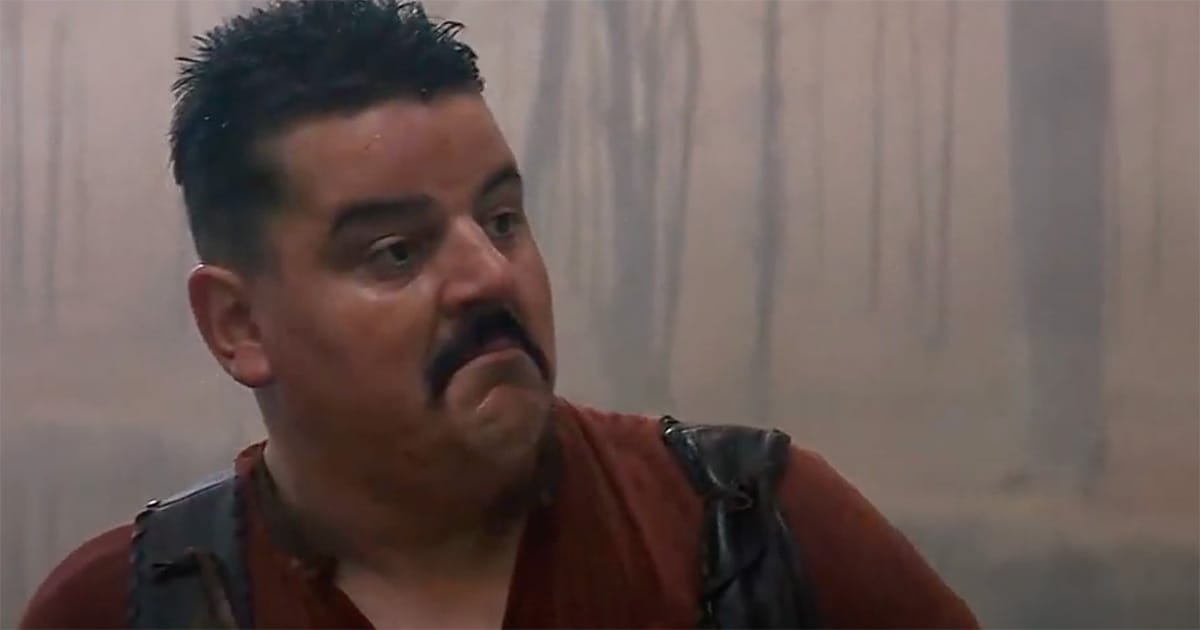
Furthermore, themes of sacrifice are prominent throughout the narrative. As Colwyn recruits allies—each bearing their own scars and stories—the film illustrates that collective effort is crucial in battling tyranny.
The companions he gathers becomes a microcosm of society, representing different strengths and perspectives. Their eventual union exemplifies the necessity of collaboration in overcoming formidable obstacles, a principle that resonates deeply in an age often characterized by division.
The antagonist, the Beast, serves as a manifestation of chaos and despair. He represents an external threat and the internal fears and challenges one must confront.
The struggle against him is not merely physical but also symbolic of the battle against one's demons. Colwyn's final confrontation with the Beast encapsulates the culmination of his journey—an assertion of agency that underscores the film's exploration of courage as a requisite for achieving one's destiny.
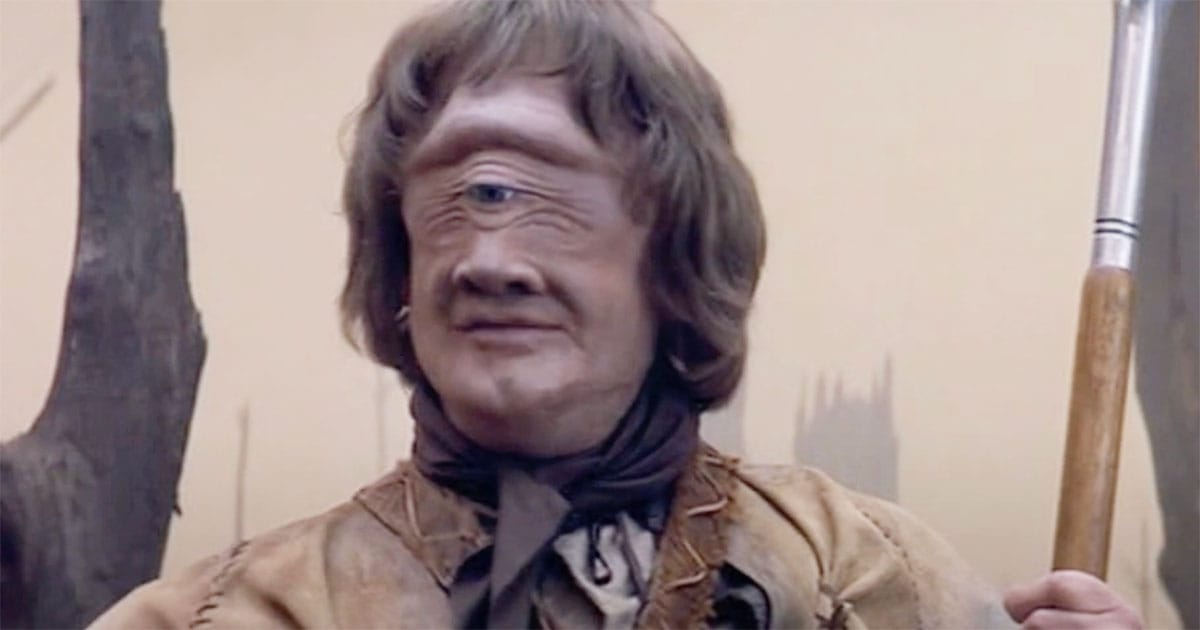
In conclusion, "Krull" offers viewers a rich thematic landscape, blending visual splendor with profound narratives of love, heroism, and sacrifice. Though it may struggle against some narrative constraints, the film remains an experience of science fantasy, inviting audiences to lose themselves in its world and contemplate the timeless challenges of the human condition.
Who Will Enjoy Krull
"Krull" is ideally suited for viewers who appreciate the peculiar blend of imaginative storytelling and mid-1980s aesthetics that shaped a significant portion of genre cinema.
Individuals with a penchant for nostalgia, especially those who grew up in the era of fantasy and science fiction adventures, will likely find joy in the film's whimsical charm.
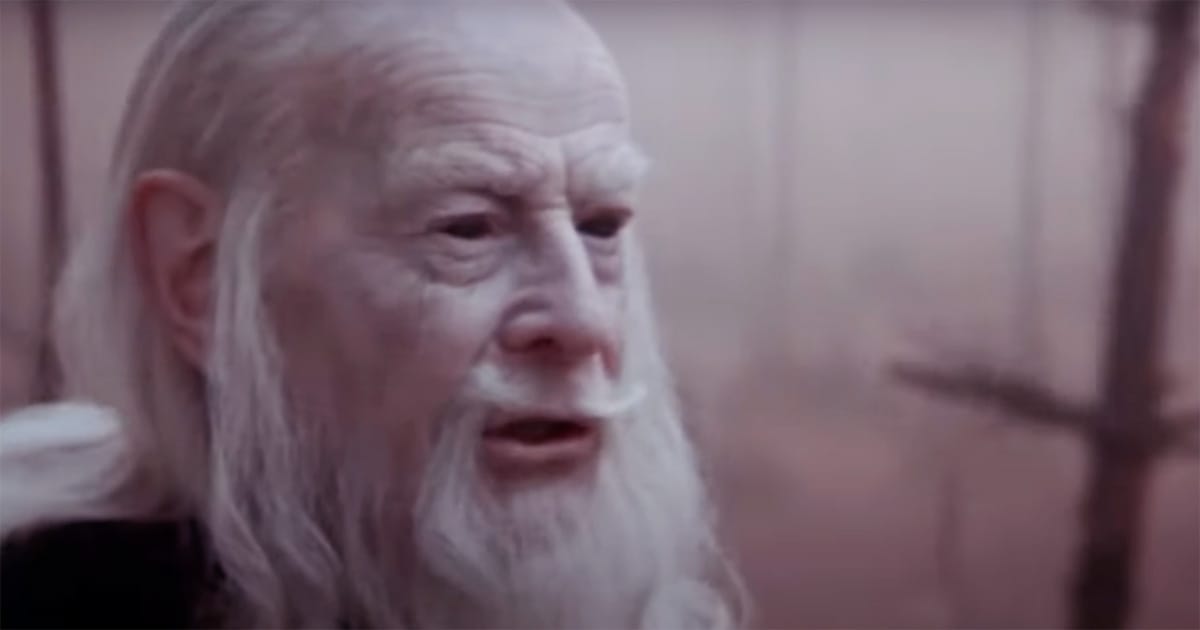
Furthermore, academics and fans of film history may find "Krull" an interesting artifact of its time, a representation of the ambition and creativity of the early 1980s filmmakers.
An evening reflecting on the evolution of the science fantasy genre reveals how "Krull" offers valuable insight into the tropes and conventions taking shape during that era. Viewing it alongside other contemporaneous works, such as "The Princess Bride" or "The Dark Crystal," can facilitate a deeper understanding of how fantasy narratives sought to interweave humor, adventure, and moral lessons.
Throughout this review, "Krull" has been presented as a curious mix of ambition and charm, a reflection of its time that weaves together themes of love, fate, and the battle between good and evil. Its visual allure and soundscape remain memorable, grounding the film in the annals of classic science fiction.

Though it may not appeal to every viewer—especially those seeking polished narratives and more contemporary filmmaking techniques—it nevertheless holds a distinctive place within its genre.
The curious blend of fantasy and adventure and its cultivation of themes pertinent to the human experience grant it a unique allure that merits exploration for those willing to embrace its peculiarities.

